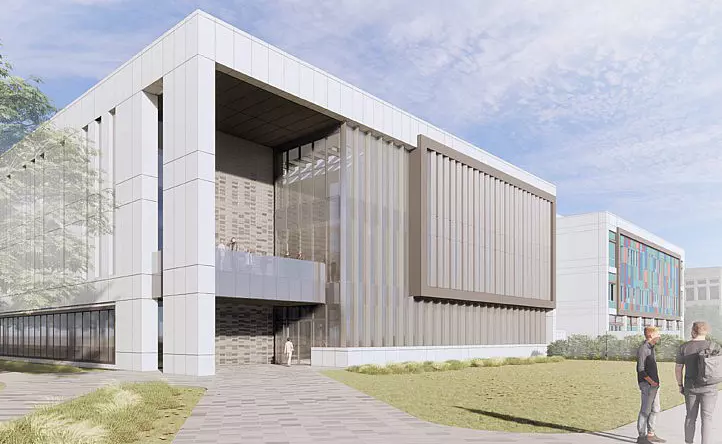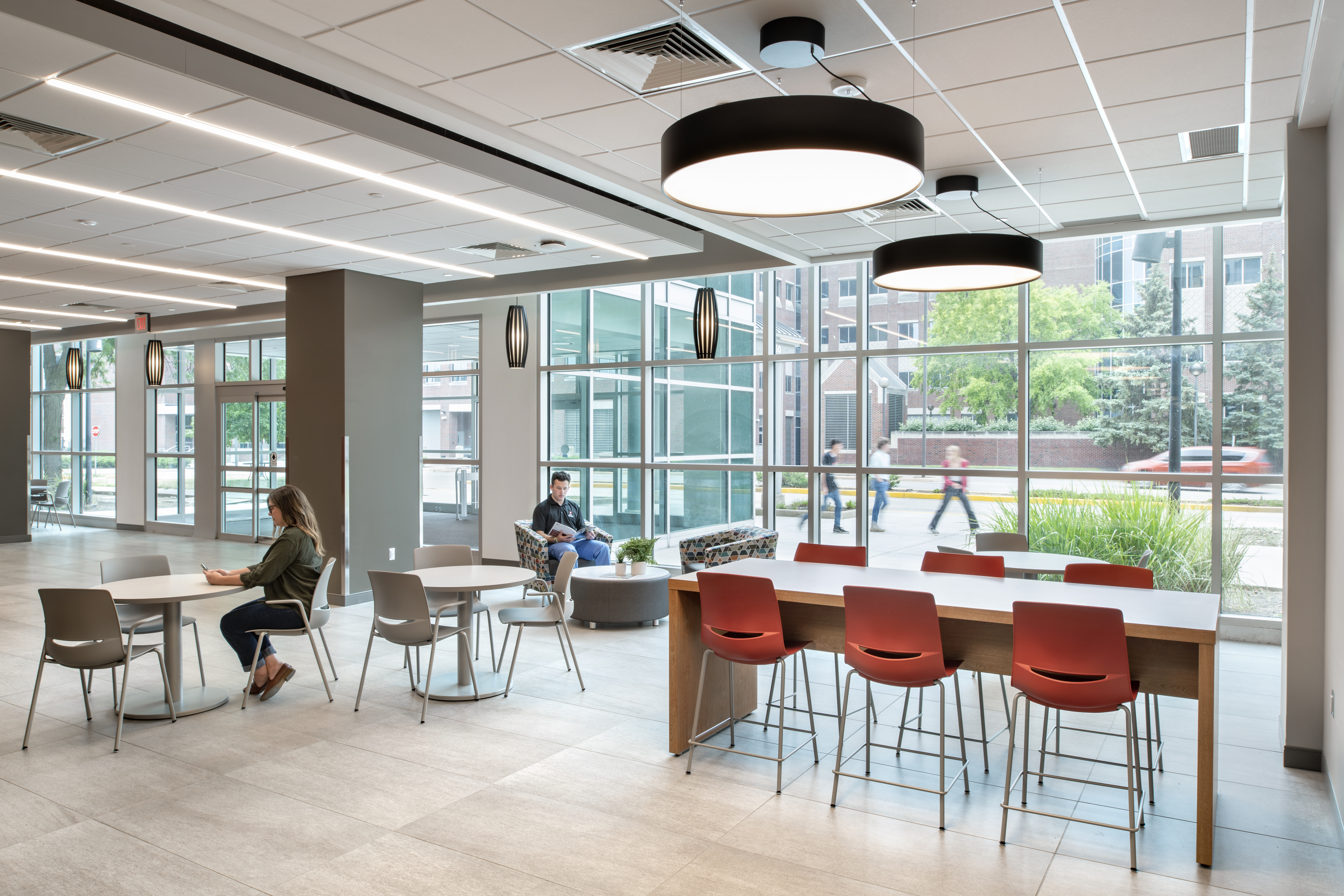IU Indianapolis Science and Lab Expansion

Cost $60,000,000
Size 130,000 SF
IU Indianapolis (formerly IUPUI) is investing in the growing need for science-related instructional and research facilities, expanding their existing science facilities to serve as an anchor to the new Science and Technology Corridor. This project will support expanded research programs with new laboratory space and robust STEM education opportunities for students. The SciTech Corridor builds upon the university’s academic and research strengths to increase collaborative, multidisciplinary instructional and research opportunities that will in turn attract faculty talent and grow enrollment.
A 50,000 SF addition to the Science and Engineering Laboratory Building will include new laboratory and related support space, designed to complement the existing design of the current facility. The renovation portion will encompass approximately 80,000 SF of existing space to align with modern science and technology instruction and research standards.
HEAPY is providing mechanical, electrical, and plumbing design to renovate existing science teaching and research laboratories and construct additional new laboratories and related support space. Necessary infrastructure upgrades and replacements include mechanical, electrical, plumbing and air exchange systems along with new technologies and equipment to ensure a modern and safe environment.
This $60 million expansion and renovation project was approved by the trustees on June 15, 2023 and the project was also approved for state funding during the 2023 Indiana General Assembly as part of IU’s 2023-25 Capital Appropriation Request. The project is anticipated to be completed in 2026.






